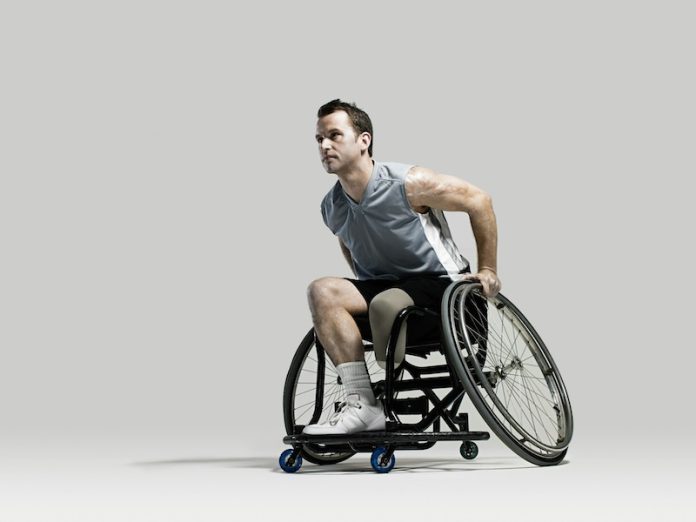
People in their 50s with severely narrowed leg arteries face a high risk of major amputations even after emergency surgery to restore blood flow, according to new research.
The study, published in the American Heart Association journal Circulation, emphasizes the importance of detecting and treating peripheral artery disease (PAD) early.
Dr. Qiuju Li, the study’s lead author, explained that early diagnosis and treatment are crucial for people with PAD. “People under 60 with severe forms of PAD have particularly poor outcomes.
Better preventive strategies are needed,” said Dr. Li, a research fellow in medical statistics at the London School of Hygiene and Tropical Medicine.
PAD occurs when plaque builds up in the arteries that carry blood from the heart to other parts of the body, reducing blood flow. This mostly happens in the legs and feet, but it can also affect the arms, hands, and fingers. If untreated, PAD can lead to amputations and even death.
There are several types of surgery to restore blood flow to the legs, known as lower limb revascularization. One common procedure is angioplasty, where a small balloon is inflated inside the arteries to clear plaque.
Often, a wire mesh tube called a stent is placed to keep the artery open. Another procedure is bypass surgery, which creates a new path around the blocked artery using a piece of another blood vessel or an artificial one. Sometimes, both procedures are needed.
The aim of revascularization is to prevent limb loss and extend life. However, many people with PAD still need amputations and face a high risk of death even after surgery.
In the new study, researchers analyzed data from 94,690 people in England who underwent revascularization for PAD between 2013 and 2020. Participants were 50 or older, and about 65% were men.
Nearly 35% had emergency surgery, which was deemed medically necessary. The rest chose to have surgery to improve blood flow.
Those who had emergency revascularizations were often older (80 years or more), frailer, and more likely to have diabetes and tissue loss compared to those who chose elective surgery.
After nearly five years of follow-up, 9,464 people had a major amputation, defined as a leg amputation above the ankle.
The amputation rate was significantly higher for those who had emergency surgeries: 15.2% after one year and 19.9% after five years. In contrast, those who elected for surgery had an amputation rate of 2.7% after one year and 5.3% after five years.
The risk of amputation was especially high among younger adults who needed emergency revascularizations. Participants aged 50 to 54 had an 18% risk of major amputation after one year and 28.8% after five years.
Meanwhile, those aged 80 to 84 had an 11.9% risk after one year and 17% after five years. For people who chose elective surgery, the risk of major amputation remained low regardless of age.
The death rate within five years of surgery was also nearly twice as high for those who had emergency surgery (64%) compared to those who chose elective surgery (33%).
Dr. Venita Chandra, a clinical professor of surgery at Stanford University, noted that these findings are surprising. “You would expect older people to have higher rates of major amputation after lower limb revascularization, but it was actually the opposite.
Younger patients were at higher risk of major amputation after emergency surgery,” said Dr. Chandra, who was not involved in the research.
Dr. Chandra suggested that younger people might not be diagnosed with PAD until it is in an advanced stage. “PAD is often underdiagnosed. It is not always on people’s radar. Maybe our training programs don’t emphasize it enough. We need to diagnose and care for these patients earlier,” she said.
While PAD can develop at any age, the risk increases with age. Most people in the U.S. with PAD are 65 or older. A family history of PAD, heart disease, stroke, or blood vessel disease also raises the risk. Other risk factors include smoking, lack of physical activity, stress, and a diet high in saturated fats.
Medical conditions that can increase the risk of PAD include diabetes, kidney disease, blood clot disorders, high blood pressure, obesity, and high cholesterol. Pregnancy-related conditions like preeclampsia and gestational diabetes can also raise the risk for PAD later in life.
Lifestyle changes and medications are recommended during the early stages of PAD. When these are not enough, revascularization becomes necessary, especially if a person has complications like tissue loss or wounds that won’t heal.
“If that happens, you need revascularization as soon as possible and should have already had one before reaching this point,” said Dr. Chandra. “Goal-directed medical therapy can make a difference, and we are not doing enough of it. We need to treat people properly for this disease overall.”
If you care about heart failure, please read studies about diabetes drug that could revolutionize heart failure treatment, and this drug can be a low-cost heart failure treatment
For more information about heart health, please see recent studies that exercise in middle age reversed worrisome heart failure, and results showing this drug combo can cut risk of stroke and heart attack by half.
The research findings can be found in the American Heart Association journal Circulation.
Copyright © 2024 Knowridge Science Report. All rights reserved.



